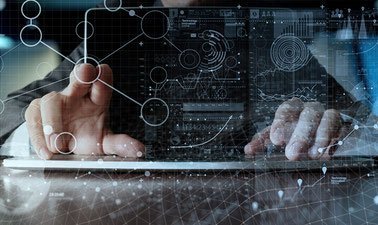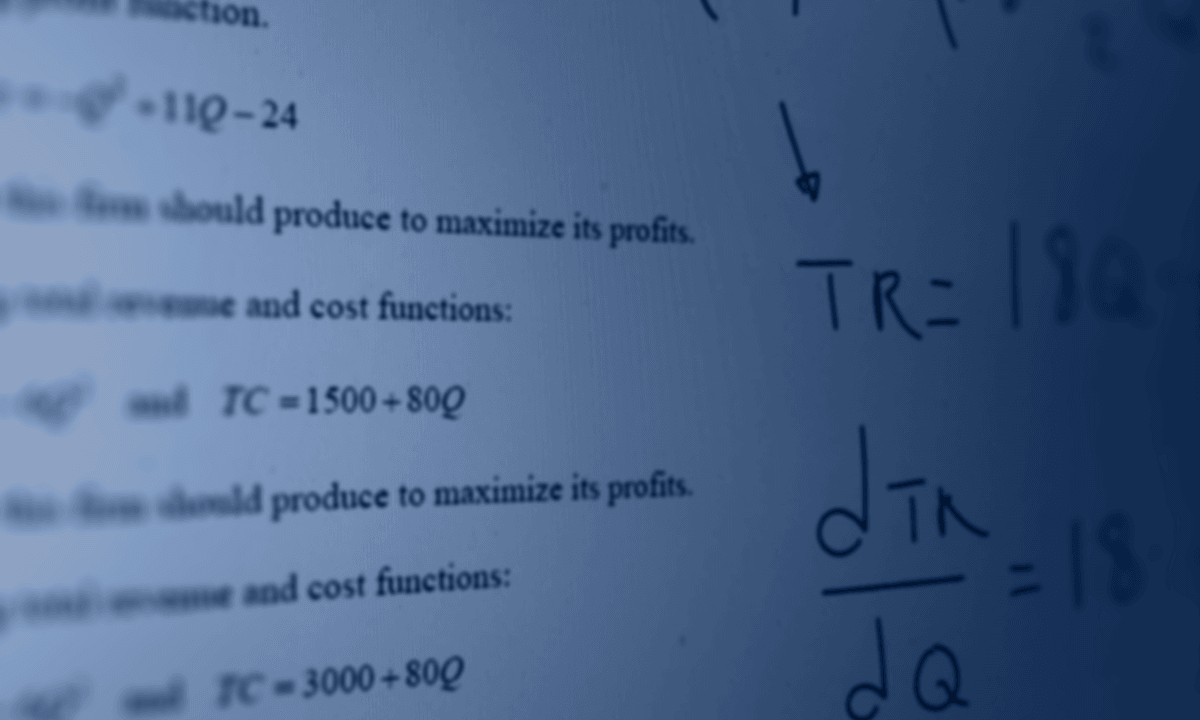
Description
This is the first course of a three course specialization that introduces the students to the concepts of linear algebra, one of the most important and basic areas of mathematics, with many real-life applications. This foundational material provides both theory and applications for topics in
mathematics, engineering and the sciences. The course content focuses on linear equations, matrix methods, analytical geometry and linear transformations. As well as mastering techniques, students will be exposed to the more abstract ideas of linear algebra. Lectures, readings, quizzes, and a project all help students to master course content and and learn to read, write, and even correct
mathematical proofs. At the end of the course, students will be fluent in the language of linear algebra, learning new definitions and theorems along with examples and counterexamples. Students will also learn to employ techniques to classify and solve linear systems of equations. This course prepares students to continue their study of linear transformations with the next course in the specialization. .
Tags
Syllabus
- Introduction to Matrices
- In this module we introduce two fundamental objects of study: linear systems and the matrices that model them. We ask two fundamental questions about linear systems, specifically, does a solution exist and if there is a solution, is it unique. To answer these questions, a fundamental invariant needs to be found. We will use the Row Reduction Algorithm Algorithm to see the number of pivot positions in a matrix. These foundational concepts of matrices and row reduction will be revisited over and over again throughout the course so pay attention to new vocabulary, the technical skills presented, and the theory of why these algorithms are performed.
- Vector and Matrix Equations
- In this section we temporarily leave our discussion of linear systems to discuss vectors. These nx1 matrices are used in many contexts in physics, computer science and data science. We show in this section that answering questions about linear combinations turns out to be equivalent to solving a system of linear equations, underlying the deep connections of linear algebra. We then introduce the notion of a matrix as a function on vectors. Questions now about properties of the matrix as a function also turn out to be answered by solving a linear system. These connections between matrices as functions, vectors, and linear systems are sometimes why linear algebra is called the "theory of everything".
- Linear Transformations
- In this module, we study sets of vectors and functions on them. Understanding vectors and how to manipulate them via functions is quite useful in many areas, in particular, physics, computer science, math, and data science. The concept of linear dependence and linear independence is introduced along with the concept of a linear transformation. We will see when a linear transformation T can be represented by a matrix, how to find the matrix, and start to analyze the matrix to extract information about T. Pay careful attention to the new definitions in this section as they will be foundational to future modules!
- Final Assessment
- In this cumulative assessment, we will ask about the definitions, theorems, and examples shown so far. This is an opportunity to assess your knowledge of the content. The foundational material in this course about linear systems, matrices, and vectors, is key to understanding the more advanced theory and applications of linear algebra to follow. Do the best you can on the assessment and review any questions that are incorrect and learn from them.
Good luck!

Linear Algebra: Linear Systems and Matrix Equations
-
TypeOnline Courses
-
ProviderCoursera
mathematics, engineering and the sciences. The course content focuses on linear equations, matrix methods, analytical geometry and linear transformations. As well as mastering techniques, students will be exposed to the more abstract ideas of linear algebra. Lectures, readings, quizzes, and a project all help students to master course content and and learn to read, write, and even correct
mathematical proofs. At the end of the course, students will be fluent in the language of linear algebra, learning new definitions and theorems along with examples and counterexamples. Students will also learn to employ techniques to classify and solve linear systems of equations. This course prepares students to continue their study of linear transformations with the next course in the specialization. .
- Introduction to Matrices
- In this module we introduce two fundamental objects of study: linear systems and the matrices that model them. We ask two fundamental questions about linear systems, specifically, does a solution exist and if there is a solution, is it unique. To answer these questions, a fundamental invariant needs to be found. We will use the Row Reduction Algorithm Algorithm to see the number of pivot positions in a matrix. These foundational concepts of matrices and row reduction will be revisited over and over again throughout the course so pay attention to new vocabulary, the technical skills presented, and the theory of why these algorithms are performed.
- Vector and Matrix Equations
- In this section we temporarily leave our discussion of linear systems to discuss vectors. These nx1 matrices are used in many contexts in physics, computer science and data science. We show in this section that answering questions about linear combinations turns out to be equivalent to solving a system of linear equations, underlying the deep connections of linear algebra. We then introduce the notion of a matrix as a function on vectors. Questions now about properties of the matrix as a function also turn out to be answered by solving a linear system. These connections between matrices as functions, vectors, and linear systems are sometimes why linear algebra is called the "theory of everything".
- Linear Transformations
- In this module, we study sets of vectors and functions on them. Understanding vectors and how to manipulate them via functions is quite useful in many areas, in particular, physics, computer science, math, and data science. The concept of linear dependence and linear independence is introduced along with the concept of a linear transformation. We will see when a linear transformation T can be represented by a matrix, how to find the matrix, and start to analyze the matrix to extract information about T. Pay careful attention to the new definitions in this section as they will be foundational to future modules!
- Final Assessment
- In this cumulative assessment, we will ask about the definitions, theorems, and examples shown so far. This is an opportunity to assess your knowledge of the content. The foundational material in this course about linear systems, matrices, and vectors, is key to understanding the more advanced theory and applications of linear algebra to follow. Do the best you can on the assessment and review any questions that are incorrect and learn from them.
Good luck!
Tags
Related Courses


Advanced Linear Algebra: Foundations to Frontiers

Univariate continuous distribution theory

Number theory

Introductory Statistics : Basic Ideas and Instruments for Statistical Inference

College Algebra

Linear Algebra: Orthogonality and Diagonalization

An Introduction to Hyperbolic Geometry

Linear Algebra III: Determinants and Eigenvalues

Math for MBA and GMAT Prep

Algebra II


 Online Courses
Online Courses  Coursera
Coursera
